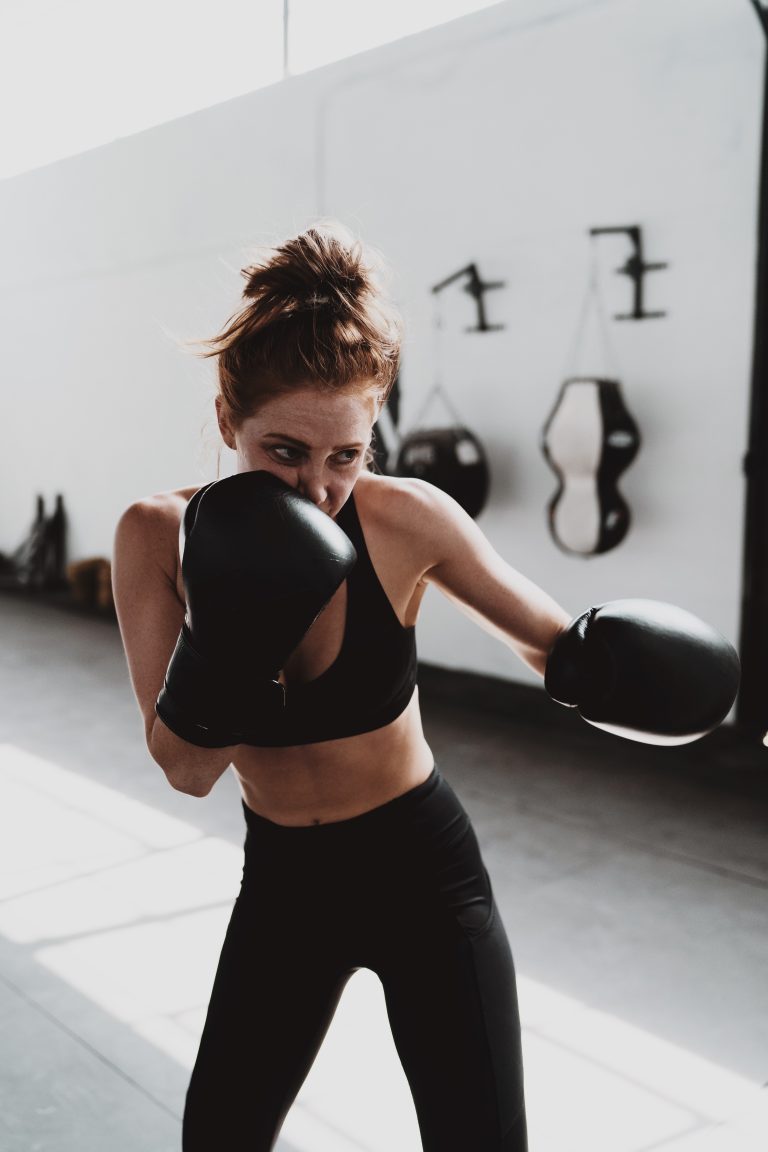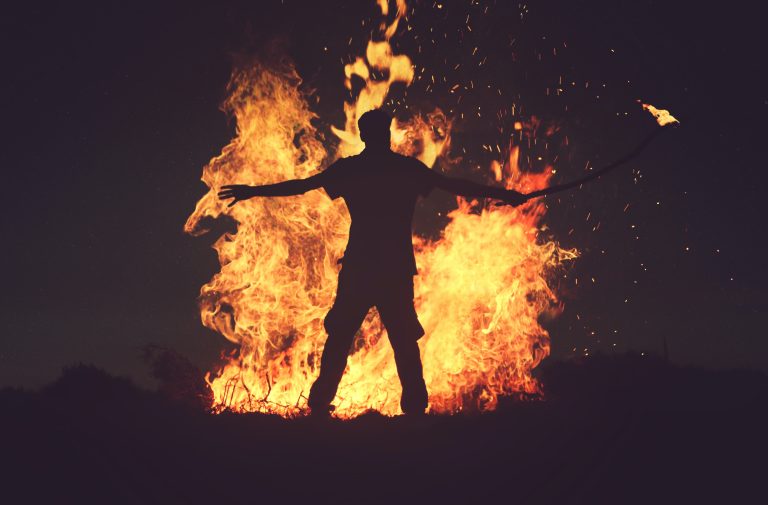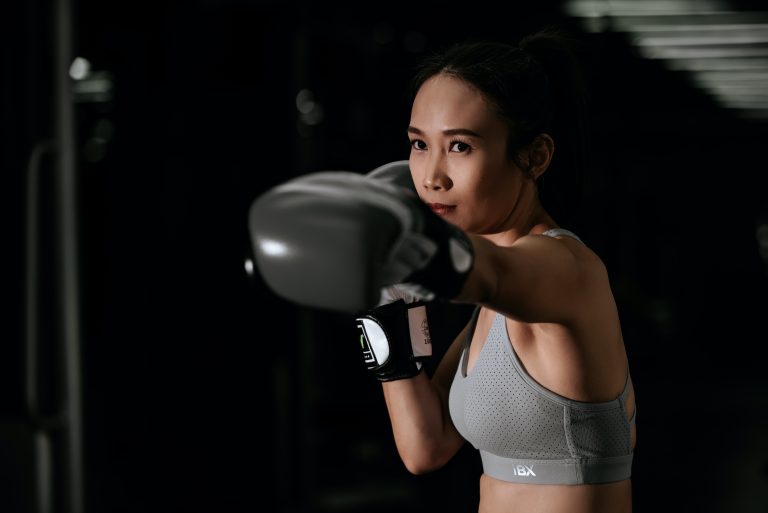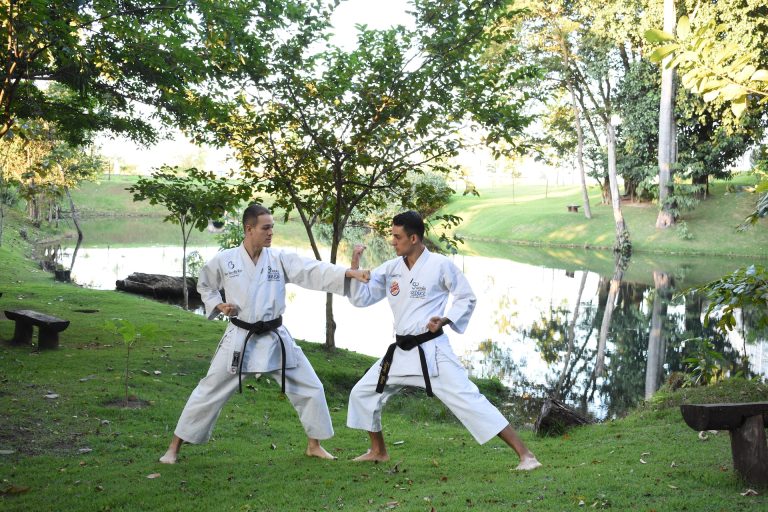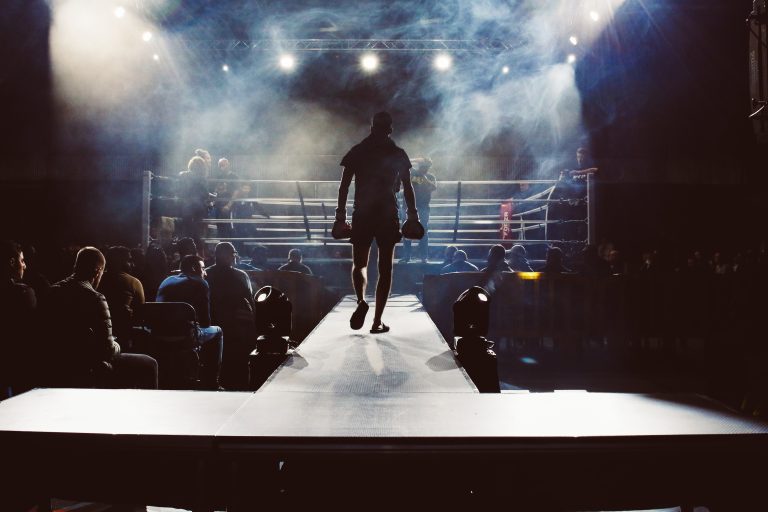What Is Karate? An Introduction To Japanese Martial Arts
If you’re interested in martial arts, you’ve probably heard of karate. Karate is a Japanese martial art that focuses on striking techniques, such as punching, kicking, knee and elbow strikes, and open-handed techniques like knife-hands and spear-hands.
Karate originated in the Ryukyu Islands in what is now Okinawa, Japan. It was originally developed as a form of self-defense, with techniques designed to quickly incapacitate an opponent. Today, it’s practiced around the world as a sport, a form of exercise, and a means of self-defense.
The History of Karate
Karate has a long and rich history. It’s believed to have originated in the Ryukyu Kingdom in the 17th century. At that time, Okinawa was known for its trade with China, and Chinese martial arts were widely practiced on the island.
Karate developed as a martial art that combined indigenous Okinawan fighting styles with elements of Chinese kung fu. Over time, karate evolved into several different styles, with different techniques, training methods, and approaches to combat.
In the early 20th century, karate was introduced to Japan by Funakoshi Gichin, a prominent Okinawan karate master. Funakoshi and other Okinawan karate masters worked to promote karate in Japan and to develop a standardized system of techniques, kata (patterns of movement), and training methods.
Today, there are many different styles of karate, including Shotokan, Goju-ryu, Shito-ryu, and Wado-ryu. Each style has its own unique techniques, philosophy, and training methods.
What to Expect in Karate Classes
If you’re interested in learning karate, you might be wondering what to expect in your first class. Here are some things you might encounter:
– Warm-up exercises: Karate classes typically begin with a series of warm-up exercises designed to prepare your body for the physical demands of training.
– Kihon (Basics): You’ll learn the basic techniques of karate, such as punches, kicks, and blocks. You’ll practice these techniques repeatedly to build muscle memory and improve your timing and accuracy.
– Kata (Patterns): Kata are prearranged movements that simulate a fight against imaginary opponents. You’ll learn and practice a variety of kata, each with its unique combinations of techniques.
– Kumite (Sparring): In kumite, you’ll practice fighting against a partner. Depending on the style of karate you’re learning, sparring may be full-contact or limited to light contact.
– Philosophy: Karate is not just about learning physical techniques. You’ll also learn about the history, philosophy, and ethics of the art.
The Benefits of Karate
Karate offers many benefits, both physical and mental. Some of the most significant benefits include:
– Improved fitness: Karate training can improve your strength, flexibility, endurance, and cardiovascular health.
– Self-defense: Karate techniques can be effective for self-defense, giving you the confidence to protect yourself if you’re ever in danger.
– Self-discipline: Karate requires discipline and mental focus, helping you develop self-discipline and dedication.
– Stress relief: Karate training can be a great way to relieve stress and improve your mental wellbeing.
Conclusion
Karate is a fascinating martial art with a rich history and many benefits. Whether you’re interested in self-defense, fitness, or personal growth, karate training can be an excellent way to achieve your goals. With its focus on physical and mental development, karate has something to offer everyone.
What Is Karate? An Introduction To Japanese Martial Arts
Karate is a martial art that originated in the Ryukyu Kingdom, now known as Okinawa, Japan. It was created as a form of self-defense and taught to the local law enforcement officers. Karate, in its original form, is a total system of physical, mental, and moral training that seeks to develop the physical and mental capabilities of an individual, to instill in them a sense of justice, and to foster a spirit of humility.
In this blog post, we will address the most frequently asked questions about Karate and provide an introduction to this fascinating form of Japanese martial arts.
What Does Karate Mean?
The word Karate comes from the Japanese words ‚Kara‘ and ‚Te,‘ which means ‚Empty Hand.‘ Karate is a form of martial arts that emphasizes striking techniques with kicks, punches, elbow strikes, and knee strikes. In its essence, Karate is about using one’s body as a weapon, with the hands and feet acting as swords and clubs.
What Are The Benefits of Practicing Karate?
There are many benefits to practicing Karate, both physical and mental. Here are a few benefits of practicing Karate:
Physical Benefits
1. Strengthened Muscles: Karate is an excellent form of exercise that can help improve muscle tone, strength, and flexibility.
2. Improved Cardiovascular Health: Karate also benefits the heart, lungs, and circulatory system by increasing oxygen intake and improving endurance.
3. Increased Speed and Agility: Karate training involves a lot of speed and agility drills that can help improve reflexes and reaction time.
Mental Benefits
1. Improved Focus: Karate requires a lot of concentration and focus, which can help improve mental acuity and ability to concentrate.
2. Reduced Stress: Karate can help relieve stress and anxiety by providing an outlet for physical exertion and a sense of accomplishment.
3. Improved Self-Confidence: Karate provides a sense of achievement and accomplishment that can improve confidence in oneself and one’s abilities.
What Are The Different Styles of Karate?
There are many different styles of Karate, each with its unique techniques, philosophy, and traditions. Some of the most popular styles of Karate include:
Shotokan Karate
Shotokan Karate is one of the four original styles of Karate, and it was developed by Gichin Funakoshi in the early 1900s. Shotokan Karate is known for its focus on strong, linear movements and its use of big, powerful strikes.
Goju-Ryu Karate
Goju-Ryu Karate was developed by Chojun Miyagi in the early 1900s. This style of Karate is known for its closed-hand techniques and its emphasis on circular movements.
Shito-Ryu Karate
Shito-Ryu Karate was developed by Kenwa Mabuni in the 1920s. This style of Karate is known for its fluid and seamless movements and its emphasis on joint-locking and throwing techniques.
Wado-Ryu Karate
Wado-Ryu Karate was developed by Hironori Ohtsuka in the 1920s. This style of Karate is known for its emphasis on evasive movements and its use of throws, takedowns, and joint locks.
How Is Karate Taught?
Karate training typically involves learning basic techniques and movements, such as punches, kicks, blocks, and strikes, and practicing them repeatedly until they become second nature. In addition, Karate training involves practicing forms, or kata, which are a series of predetermined movements that mimic real-world self-defense scenarios.
Karate training is typically conducted in a dojo, or training hall, where students practice with one another and under the guidance of an experienced instructor. Karate training often starts with basic movements and progresses to more advanced techniques and drills.
What Equipment Is Needed For Karate?
The equipment needed for Karate training is minimal and usually consists of a uniform, or gi, and protective equipment for sparring such as gloves and shin guards.
The uniform used in Karate is typically a white cotton gi that consists of pants, a jacket, and a belt. The belt color represents the level of proficiency of the student, with white belts representing beginners and black belts representing experienced practitioners.
Conclusion
Karate is a fascinating form of Japanese martial arts that provides a variety of physical and mental benefits for those who practice it. Whether you are interested in self-defense or looking for a fun and challenging form of exercise, Karate may be the perfect fit for you. With many different styles and approaches to training, there is sure to be a form of Karate that suits your needs and interests.
Inhaltsverzeichnis

